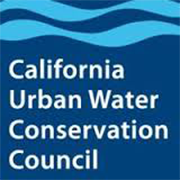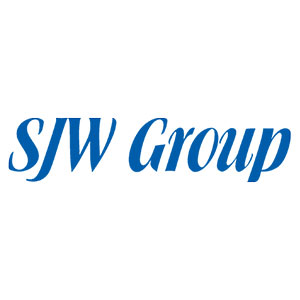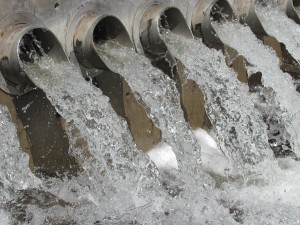Ken Jenkins, California Water Service Company’s (Cal Water) Conservation Manager, joined a group of water rates experts at two separate workshops in northern and southern California on January 15 and 28, respectively, designed to help California water utilities maintain revenue stability in the face of pressure from reduced sales of water resulting from drought management, water conservation regulations, and customer responsiveness to the government’s mandates on long-term water conservation programs.
The workshops were hosted by the California Urban Water Conservation Council, with partnering collaboration from the California Department of Water Resources, the Alliance for Water Efficiency (AWE), the Association of California Water Agencies, the California Urban Water Agencies, the California Association of Sanitation Agencies and the AWWA Cal-Nevada Section.
In the two workshops, designed for utility senior executives responsible for rates, regulation and financial management, senior managers from utilities representing different rate structures—e.g., allocation, volumetric, inclining block and uniform presented their utility’s approaches to designing rates that derive the necessary operating revenues and fixed cost recovery, send the proper conservation price signals to customers, and —for the government-owned water agencies – demonstrate compliance with Propositions 26 and 218.
Ken described Cal Water’s experience with AWE’s Sales Forecasting and Rate Model for the evaluation of drought rates, a process that involved selecting three different rate scenarios for 21 of Cal Water’s 24 service areas (80 different communities served statewide) and then evaluating the effect on demand by adjusting its tiered rates in those service areas. Cal Water ultimately settled on three scenarios, whereby there was no change in its Tier 1 block, while different increases were applied to Tiers 2 (25% to 50% increases) and 3 (50% to 100%)A new Tier 4 was added to one scenario to determine its impact. The model considered both price and non-price conservation effects on demand.
The average reduction in SFR demand (model vs. 2013 unconstrained demand) across the three scenarios ranged from 12 percent up to 18 percent when both price and non-price factors were applied. For price only, the ranges were 2 to 8 percent in Scenario 2, and 2 to 5 percent and 2 to 6 percent in Scenario 1 and 3, respectively. Total demand across the three scenarios saw average reductions in the 12 to 19 percent range when both price and non-price factors were applied and 2 to 9 percent for price only.
For more information on the seminar, and the presentations (including Ken’s), feel free to access www.cuwcc.org.





